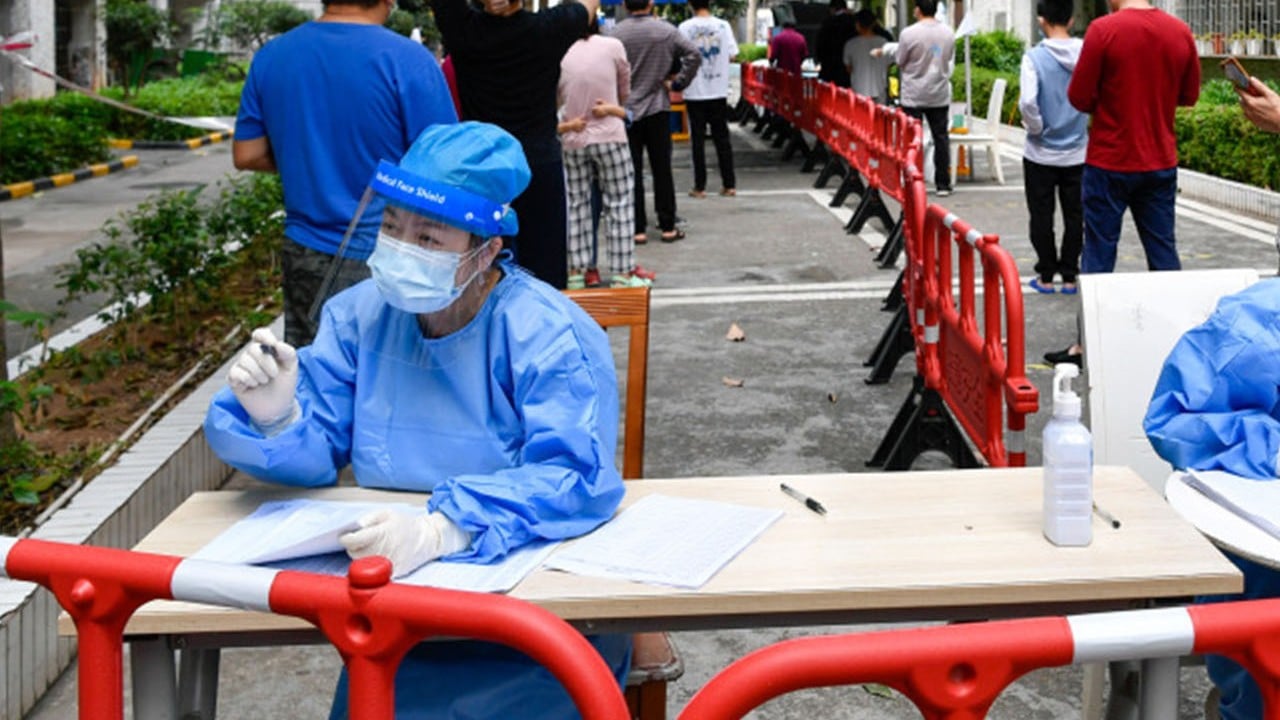
Why China must devise an exit strategy for its zero-tolerance approach to Covid-19
- The economic cost of eradicating Omicron is rising for China, with small businesses and low-income groups bearing the brunt of the lockdowns
- China’s playbook of mass testing and rigid quarantine rules look increasingly clumsy in the face of Omicron
It’s time for China, the last stronghold of zero-Covid-19 tolerance, to find a clear exit strategy from its current approach given the rising costs and diminishing returns of eradicating coronavirus.
While China’s playbook of mass testing and rigid quarantine rules have served the country well since the Wuhan lockdown two year ago, the approach looks increasingly clumsy in 2022 in the face of the Omicron variant, which is less deadly but more contagious.
There is growing scientific and medical evidence to show that the threat of Omicron to people’s lives or health is much smaller than previous strains, particularly for those who have been vaccinated. In a now-censored interview, Jiang Rongmeng, a Beijing doctor, said his experience showed that the Omicron was now less threatening than flu.
Meanwhile, the social and economic cost of Wuhan-style lockdowns is rising, as Omicron has already spread to 28 out of 31 mainland Chinese provinces. It is often small businesses and low-income groups who are vulnerable and bear the brunt of the economic losses. Discontent about the lockdowns has also risen noticeably on Chinese social media amid the latest wave.
To be sure, the Chinese leadership is concerned about the rising economic costs, and is making small tweaks to its strategy. But the overriding priority is still to bring new infections to zero. For most Chinese local authorities without sufficient resources, a total lockdown – which involves imposing outright travel bans, putting millions of residents under house arrest and halting economic activity – is the only option.
For Shenzhen and Shanghai, the cost of controlling the ongoing outbreak must be staggering, and there is no guarantee that further outbreaks won’t hit again even after the current wave is subdued.
The harsh punishment of local officials who have failed to prevent outbreaks has pushed others to take extreme steps to get rid of the virus under their watch. The pressure is amplified throughout the bureaucratic chain, and it is not uncommon for local authorities to go after individuals found guilty of misconduct that led to the mini outbreaks.
China’s achievement of keeping the coronavirus in check while maintaining economic growth on track in the last two years cannot be overlooked. But past success should not become a burden. As the rest of the world learns to live with the virus, including many of China’s neighbours and close trade partners, Beijing’s insistence on an old playbook will look increasingly silly and stubborn.


